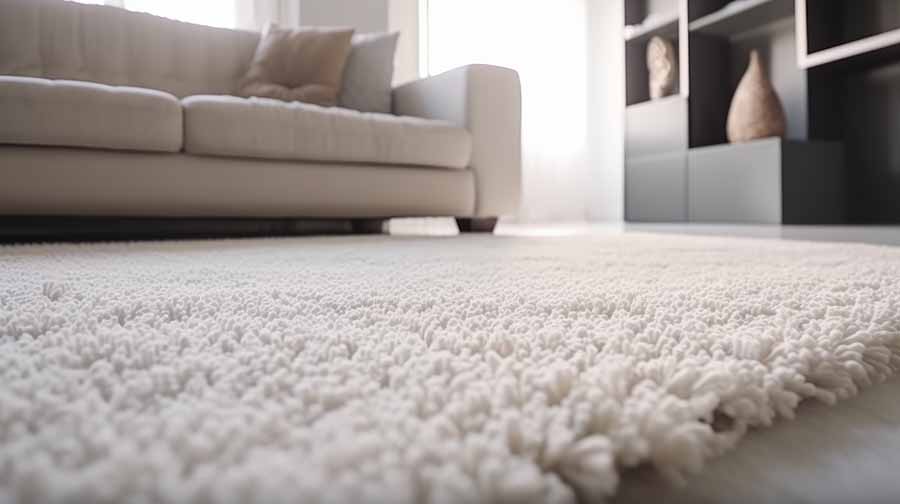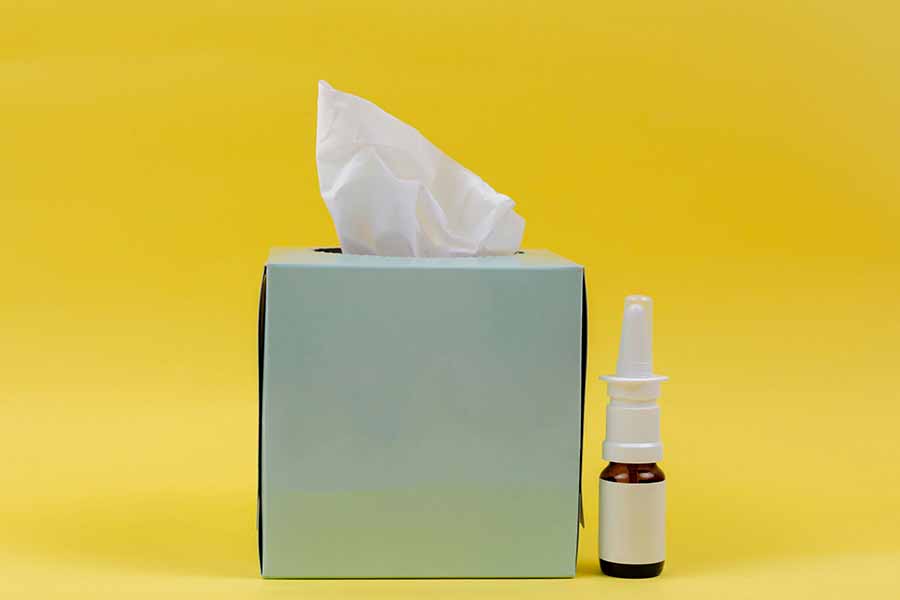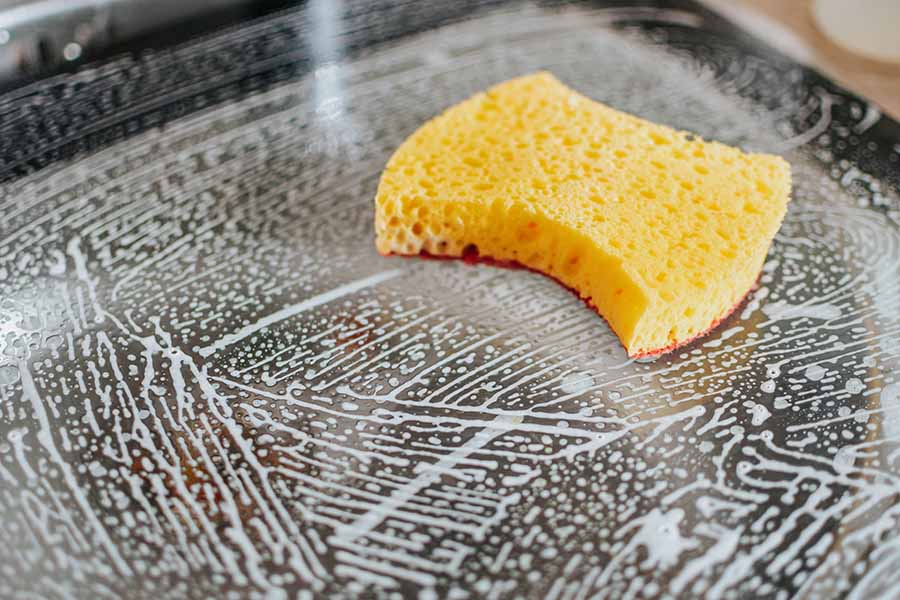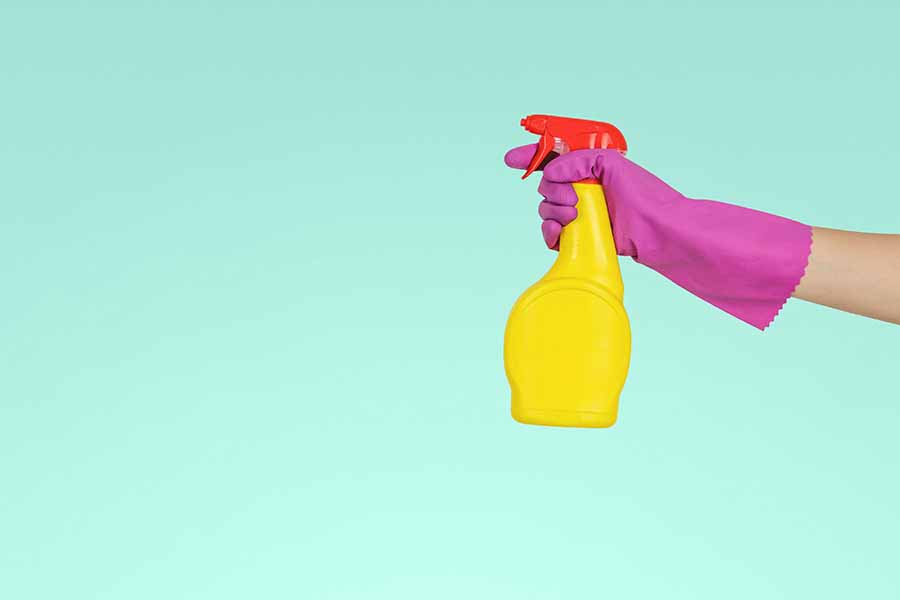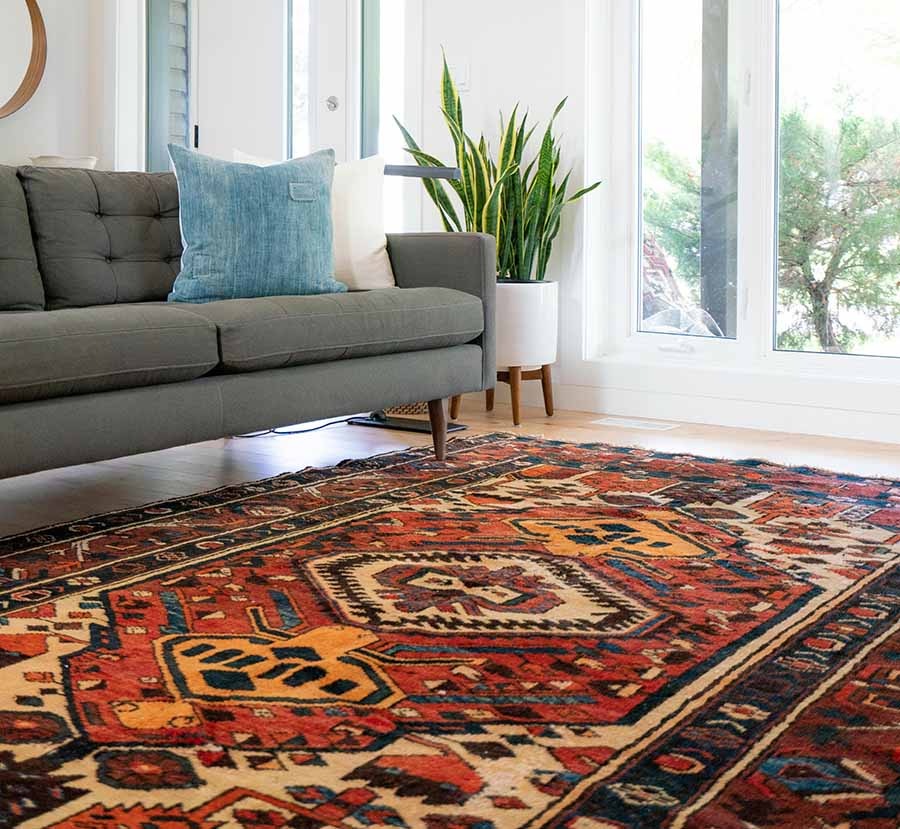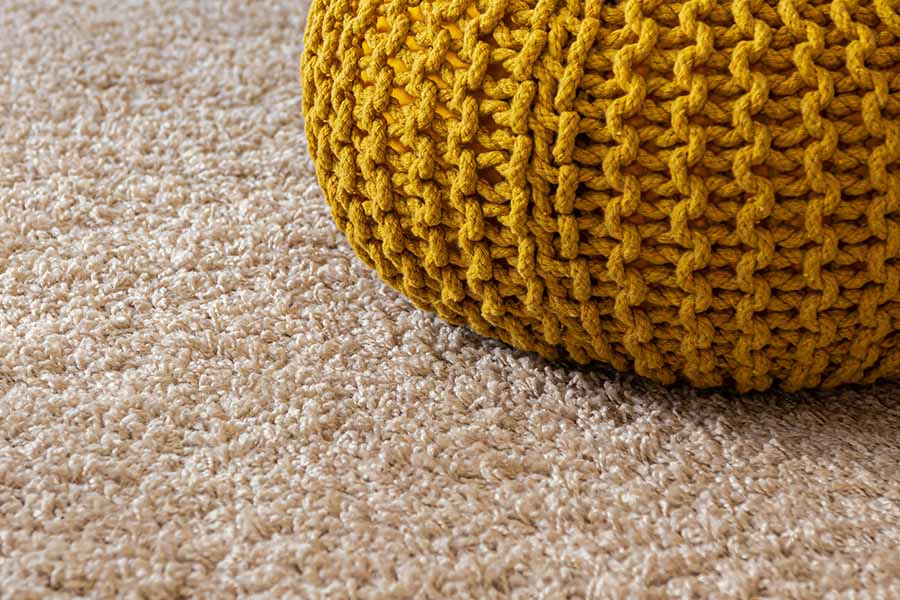Carpet mold can form an unpleasant sight when they manifest. They grow rapidly in environments that are damp. Rooms with little or no ventilation also facilitate the growth of mold. Carpet mold can lead to the deterioration of the quality of a carpet. Mold affects the fibers within a carpet thereby damaging it. There following 8 signs can help to inform an individual that a carpet has mold:
The odor that emanates from a carpet that has mold is usually musty. A musty odor on a carpet may mean that there is the presence of mold on the carpet. This smell usually is similar to the smell that one gets when perusing through an old book. Inspection of a carpet should be done to determine whether the smell that is coming from a carpet is from mold.
Allergic reactions may be caused by the presence of mold within a carpet. Mold may cause respiratory complications such as difficulty in breathing and asthma. When such allergies are developed, it may be wise to check whether a carpet has mold. Higher incidences may occur when the mold within a house become widespread.
Testing for mold using a mold test kit can clearly tell whether or not mold spores are present within a carpet. This is a reliable method of finding out whether mold is present within a carpet. These kits are used to check the airflow within a carpet. While doing this, mold spores end up landing on the test kit thereby proving the existence of mold on a carpet.
Damp carpets are perfect places for mold to grow. A damp carpet is a clear sign of the existence of mold. Damp carpets can be caused by high humidity levels or from regular water leaks and spills. Carpets within basements are damp for most of the time.
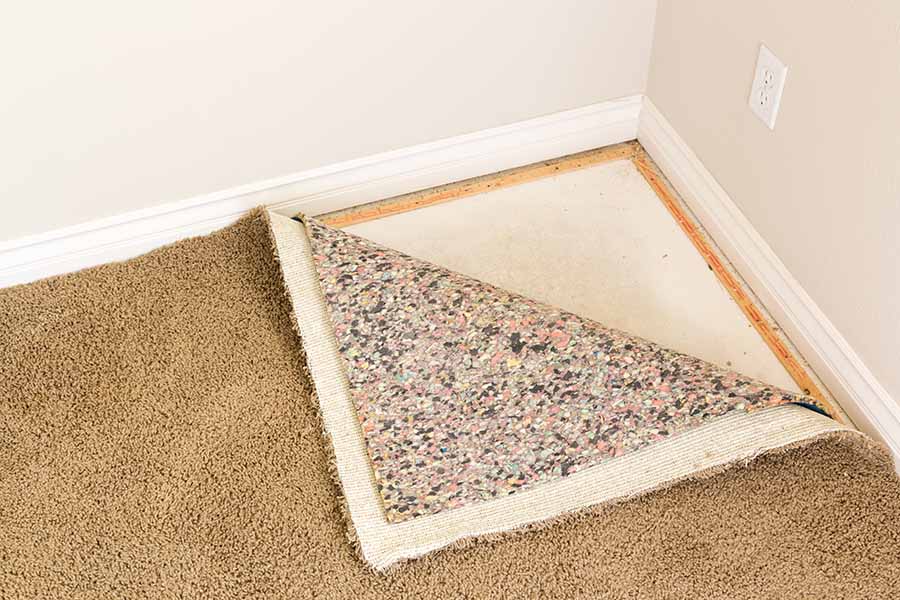
Dry carpets do not provide ideal conditions for the growth of mold. Dampness within carpets ensures that there are perfect conditions for the growth and multiplication of mold. Spills and stains from foods can also lead to a carpet becoming damp.
The growth of mold underneath the carpet signifies the presence of mold on the carpet. Carefully examining the floor under the carpet may help to tell whether there is mold growth. Any patches under the carpet or on the floor may need to be looked into to determine whether or not mold is present. This also applies for any musty odors underneath a carpet.
Pets may get sick due to exposure to mold. Dogs, cats, and rabbits may display excessive scratching when they come into contact with carpets that have mold. This happens even when these pests have no fleas. Changes in the behavior of a pet, when it comes into contact with a carpet, may mean that the carpet has mold. Pets may also sneeze when they interact with mold.
Finally, visible growth of mold is a clear sign that a carpet is infested. Mold growth occurs when ideal conditions have been created. Mold multiply and spread throughout a carpet. When mold is clearly visible, this means that the carpet may be damaged. The quality of such a carpet is thereby compromised.
Carpet mold can be very destructive. It is important for individuals to always be on the lookout in order to identify whether a carpet has mold. Prevention of mold is better than treatment. If any of these signs are evident, one should conduct an inspection of the carpet to treat and do away with the presence of mold.

